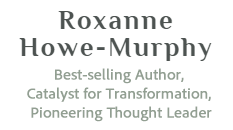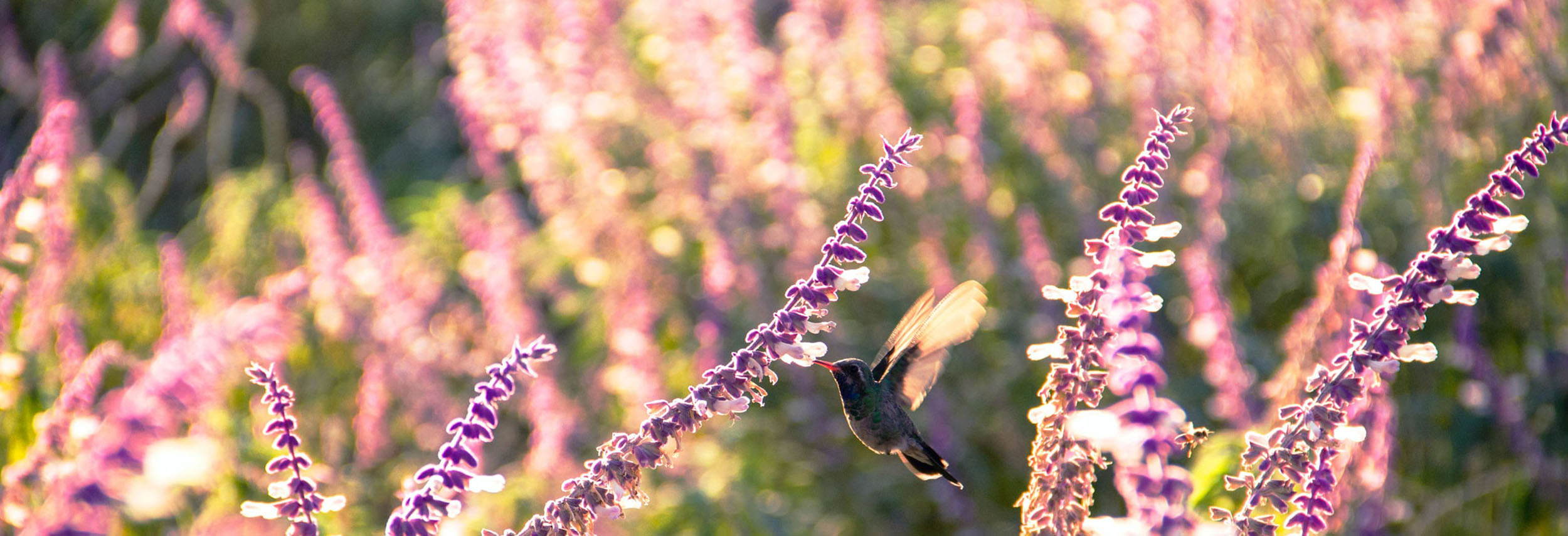Wherever we turn, it seems there is more information about COVID-19 and its individual and societal impact. For that reason, I was tempted to choose another topic, but I cannot. To do so would be to deny what looms so large in the world. I write this on a U.S. National Day of Mourning and Lament.
Truthfully, this writing isn’t about the virus itself but addresses what the virus may tell us about who we are as humans and what we are being called to. In the complexity and upheaval of this time, paradox (the simultaneous existence of presumed opposites) flourishes, and it can be challenging to see clearly. For example, in our collective distress, disappointments and disorientation, what does it mean to be alive and awake? As our ideas, beliefs, expectations and all that we’ve taken for granted have been brought into question, our willingness to experience grief and other difficult feelings is being tested. Our fears for the future versus our trust in the unfolding moment lay bare before us. And as separate as we may feel at times, our place in the interdependent world has come into full view with the arrival of this COVID crisis intersecting with despair and outrage over social injustice.

We must find the courage to look our brokenness in the face.
“We the people” hurt, and the virus highlights all the places where individually and collectively we are broken. The depth and far-reach of the pain can no longer be ignored or stigmatized. If we are to find our way through this new realm with compassionate hearts and awakened spirits, we must find the courage to look our brokenness in the face.
What if some of the pain you experience is not entirely your own? We live in an interconnected world, and deep cracks that have long affected segments of society are coming out of the shadows. For example, In the U.S., the lack of water, access to health care, underlying health problems and inadequate housing have led the Navajo nation to have the highest known infection rate in the country. The recent killings of African American men and women have unleashed outrage over generational and societally-sanctioned racism that has reached a breaking point.

The divisions in society mirror our inner divides.
These issues have festered within the whole of humanity and do not merely affect the other. Each of us hold societal pain, even if unconsciously, to varying degrees. The divisions in society mirror our inner divides. My own experiences of witnessing the pain of an unjust society, along with my unconscious complicity in these injustices, have landed in my heart and gut, but I also know this isn’t an end point.
As uncomfortable as these insights may be, we have the resources to heal, to further our awakening. The Enneagram exposes the nature of the personality structure and the way it feeds the illusion of separateness. We’re invited to dive into our inner experience and be with the pain that has bound up our habitual, stuck reactions to life. When we do this, we often discover something begins to shift, to free us. It allows us to open to our inherent connectedness to others–to the human family.
How do we move from separateness to our inherent connectedness? Urged on by our desire to contribute to a healthier, more compassionate, more awakened way of life, we continue discovering the layers of our personalities, practicing presence. Working with breath, grounding, compassion, honesty and courage, we allow our personality patterns to relax. This is our work–what we humans are called to, and it is foundational during these times.

We can all be in this together—healing together and awakening together.
Used with consciousness, the presence-based Enneagram is a map of healing, of powerful change and of love. In this way, we can all be in this together—healing together and awakening together.


